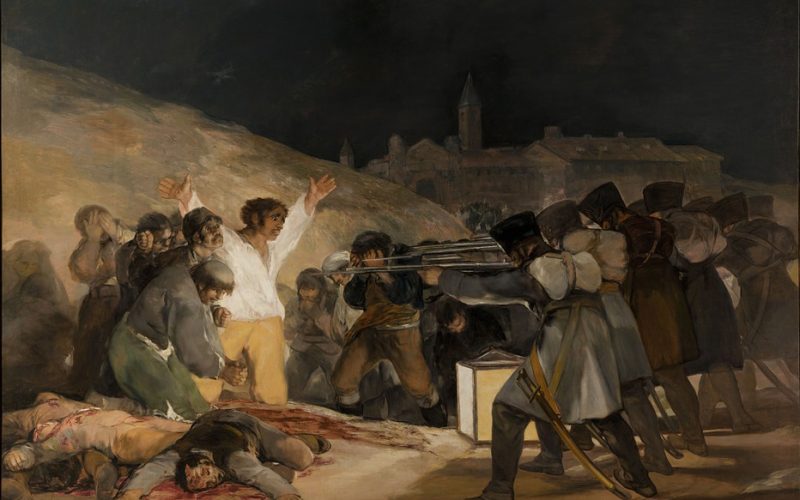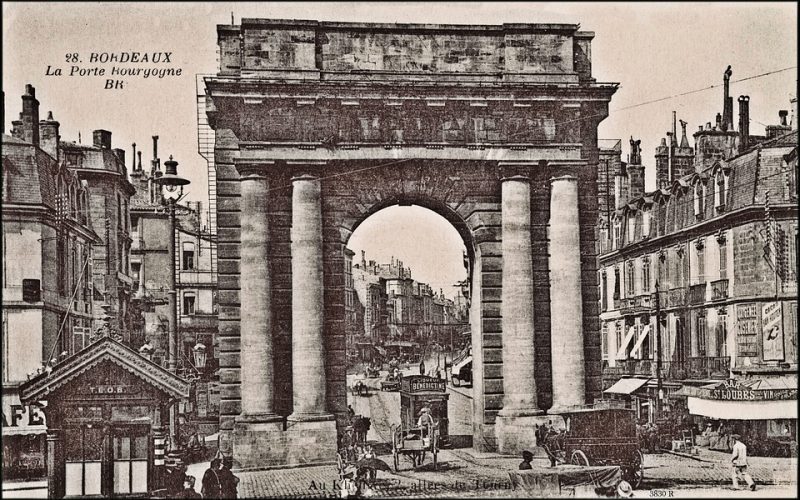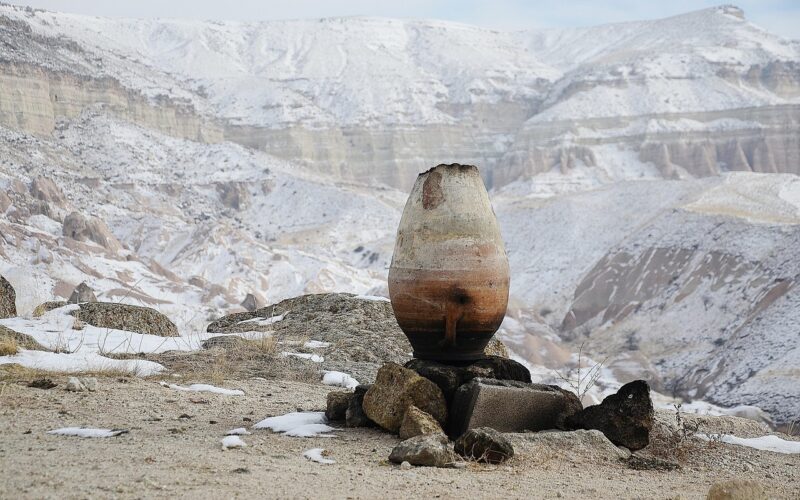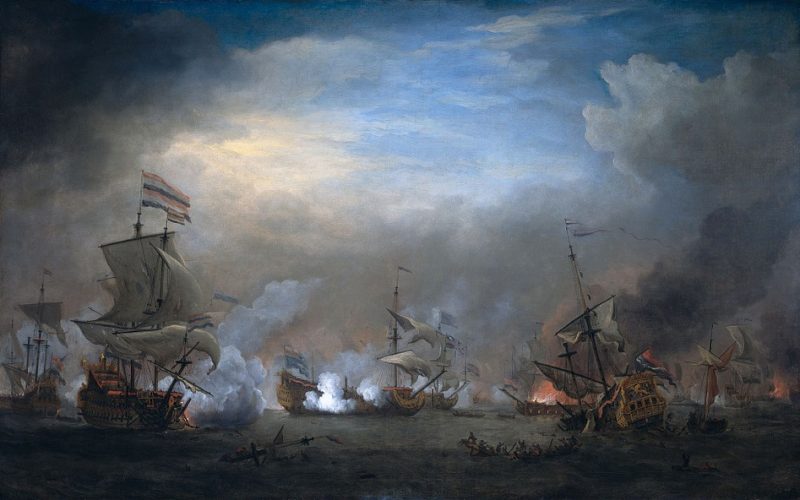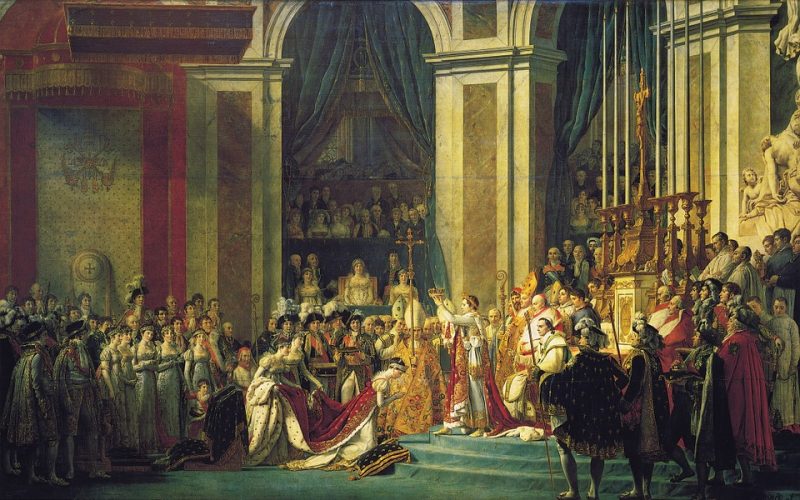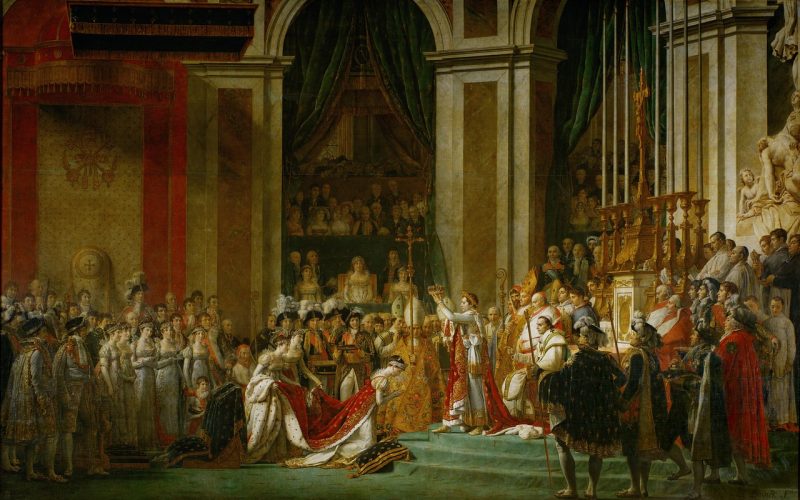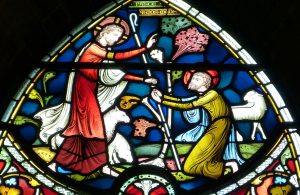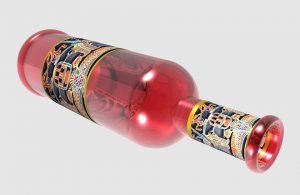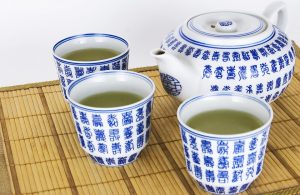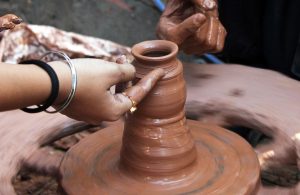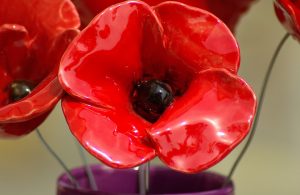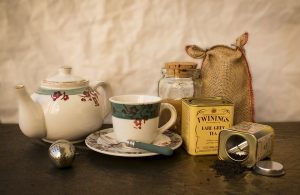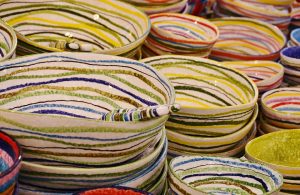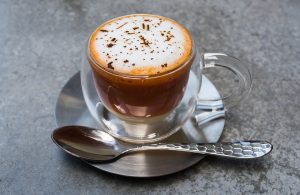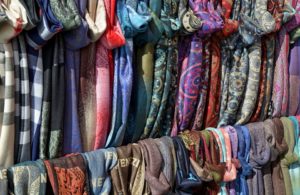For every war, there are supporters and opponents, and the reign of Napoleon had both. A military man who fought with his troops, much of his reign consisted of going off to fight in the wars that shaped the European continent for many years to come. Most artists chose to glorify his battles out of fear they would lose their patrons, but there were a few who chose to show the truth of the battlefield. Even some of his some of his own artists managed to depict the reality of war while glorifying him.
One of the more famous artistic opponents of the French painting propaganda movement was Goya, a painter of the Spanish royal court. After that country was invaded, he was appointed as one of Napoleon’s court painters. He had grown up in Spain and studied there as well as Italy, and war was not a part of his lexicon. When he encountered it, he chose to highlight the horrors of war.
Two of Goya’s large paintings that were commissioned as part of his role in Napoleon’s court were titled The Second of May 1808 and The Third of May 1808. Rather than glorifying the Emperor, they showed the brutality of his troops during the Peninsula War against the Spanish. He also did a series of etchings of that war called The Disasters of War, but they were not published until after his death.
While many painters glorified Napoleon and his battles, few of them depicted the ugly truth of what happened on the field. Gros was a painter of Napoleon’s court, and his work titled Battle of Eylau is one example of both the glory and despair of the battlefield. It shows Napoleon’s victory in battle, but it also includes the horror of the dead and wounded on the field.
